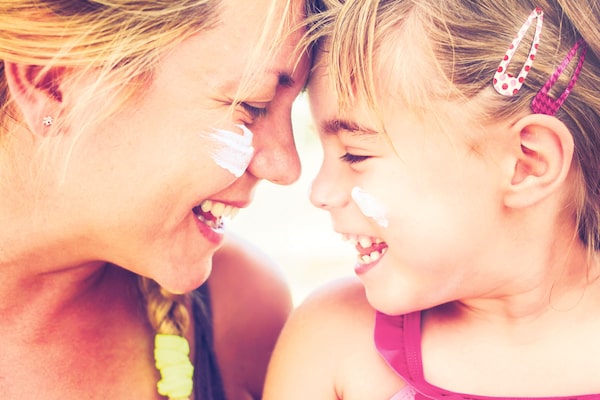
Sunscreens have been proven to be safe and effective, but they have to be applied – and reapplied – correctly.SUPPLIED
As longer, brighter days promise sun-filled fun, it’s time for a reminder that sun exposure can cause our skin to burn and blister or even have effects that may be less noticeable in the moment but devastating in the long term: skin cancer. One in seven Canadians will have skin cancer in their lifetime, and the biggest risk factor is exposure to ultraviolet (UV) radiation.
With these alarming numbers, shall we resist the call when sunshine beckons us outside? There are some precautions that can help us stay safe, believes Aleyna Zarras, skin expert for La Roche-Posay, L’Oreal Canada.
It’s important to protect our skin. While skin cancer is the most common cancer diagnosis, it is also the most preventable. Ninety per cent of skin cancers are curable if they are detected early.
— Aleyna Zarras, skin expert for La Roche-Posay, L’Oreal Canada
Zarras suggests three key steps for improving skin health and sun protection: To regularly check our skin for moles, make sun protection measures part of our daily routine and stay safe in the sun – these steps are part of the Become A Skin Checker campaign of La Roche-Posay, the leading brand recommended by dermatologists in Canada.
Step #1 – Check your moles on a regular basis with the ABCDE method, approved by dermatologists.
Zarras explains, “We know that moles that are asymmetrical, rough around the edges, of a different colour and with a diameter larger than an eraser on a pencil should get checked out. And if a mole is changing in any way, see your doctor.”
Here are the guidelines:
Asymmetry: One half of the mole should approximately echo the other half.
Border irregularities: Although no mole is going to be perfectly even, if the edges are ragged, get it checked.
Colour: If there’s more than one colour, it’s a warning sign.
Diameter: A mole larger than six millimetres has an increased risk of malignancy.
Evolution: If a mole is changing, bring it to the attention of your health-care provider.
Tips for checking hard-to-reach places include using a mirror for the back and a hair dryer to look at the scalp. Zarras also suggests including skin folds, lips and toes in the examination. “It doesn’t matter whether you have a fair or darker skin tone, checking moles is important for everyone.”
Step #2 – Protect your skin with sun care products that are recommended by dermatologists in Canada and offer the most advanced UVA/UVB protection with textures for every skin type.
“In addition to using a broad-spectrum sunscreen, sun safety tips include wearing sun-protective clothing and a hat, and avoiding the sun at peak times – between 11 a.m. and 4 p.m.,” says Zarras.
Sunscreens have been proven to be safe and effective, but they have to be applied correctly, she says. Dermatologists recommend applying sunscreens in sufficient quantity at least 15 minutes before and then every two hours during sun exposure.
“Health Canada suggests reapplying sunscreen every two hours and sooner if you are sweating, swimming or towelling off,” says Zarras. “And don’t forget the exposed parts on your feet and head.”
Step #3 – Stay safe in the sun.
How can we keep track of when another application of sunscreen is due? Help comes from an innovation that was launched by La Roche-Posay in 2016: the My UV Patch. “It helps to keep track of sun exposure,” explains Zarras. “It is the first peel-and-stick wearable patch that connects to an app that can be used for any type of skin.”
My UV Patch can be applied to the back of the hand, for example, and works for up to three days. Connecting to the My UV Patch app on a smartphone, it measures UV exposure and sends alerts when more sunscreen is needed. “It includes cute, kid-friendly characters as a fun and simple way to pay attention to sun protection for the whole family,” she says. “It also presents a chance to initiate discussions about sun safety with children.”
Produced by Randall Anthony Communications. The Globe’s Editorial Department was not involved in its creation